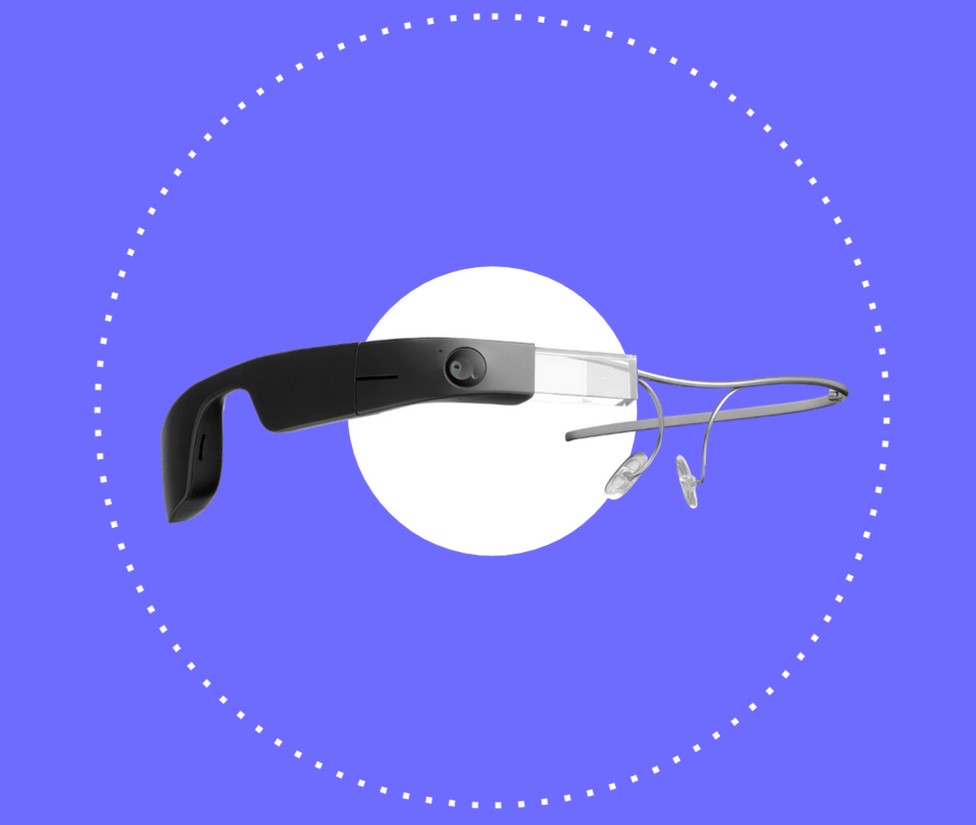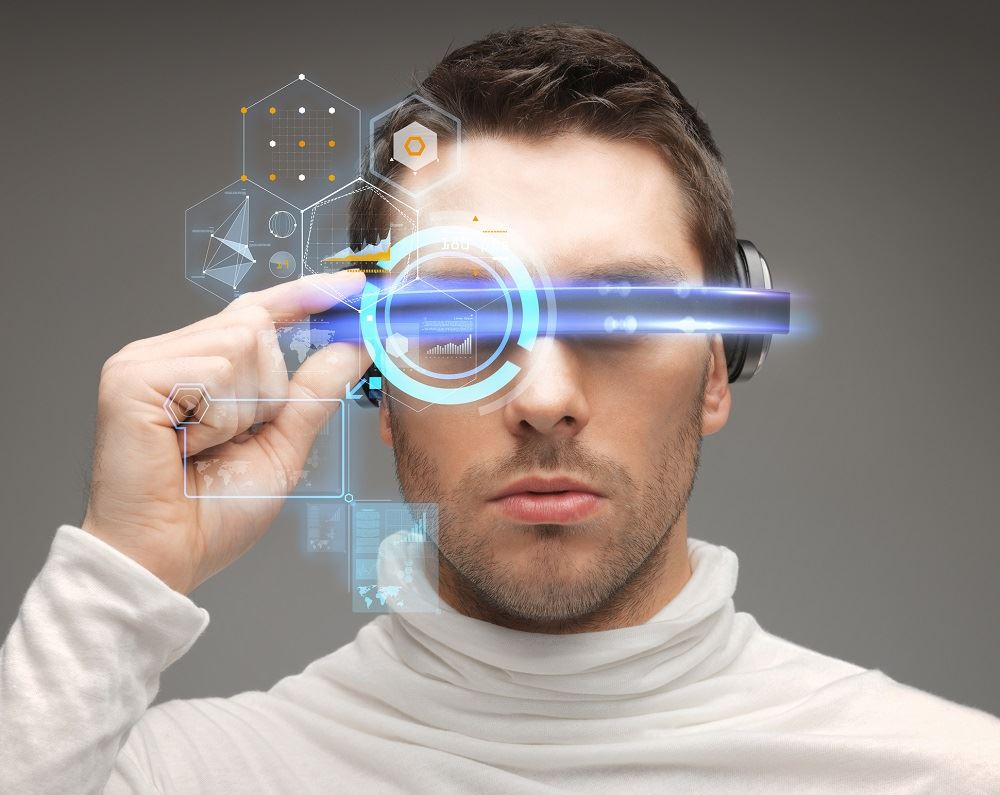AI-Powered Visual Aids: The Next Step in Assistive Technology for the Blind
AI-Powered Visual Aids: The Next Step in Assistive Technology for the Blind
Blog Article
Empowering Self-reliance With Assistive Modern Technology for the Blind
The combination of assistive innovation for individuals that are blind or aesthetically impaired stands for a considerable development in fostering self-reliance and enhancing top quality of life. With a range of gadgets-- from display viewers to ingenious tactile devices-- these innovations not just facilitate navigation and communication however additionally advertise social incorporation and participation in numerous facets of life.
Understanding Assistive Modern Technology
Although assistive innovation has actually progressed dramatically for many years, its basic objective continues to be the exact same: to boost the high quality of life for people with impairments, specifically those who are aesthetically damaged or blind. This modern technology incorporates a broad series of devices and devices that help with independence and functionality in everyday activities.
Assistive innovation can be categorized into high-tech and low-tech solutions, each created to fulfill details needs. State-of-the-art devices usually consist of software application applications, specialized equipment, and adaptive devices that utilize sophisticated innovation to supply assistance in numerous contexts. On the other hand, low-tech solutions may involve everyday things that are modified to improve ease of access, such as magnifiers or tactile pens.
The integration of assistive innovation into the lives of individuals who are blind or visually impaired not only advertises freedom yet likewise promotes social inclusion and involvement in instructional and expert environments. By leveraging these technologies, customers can browse their surroundings, access information, and connect properly, consequently boosting their total lifestyle. Recognizing assistive modern technology is critical for advocates, specialists, and caretakers that aim to support individuals in optimizing their possible and achieving greater self-reliance.
Sorts Of Assistive Gadgets
Assistive tools for the blind and aesthetically impaired are essential devices that enhance daily obeying resolving specific obstacles experienced by customers. These gadgets can be generally categorized right into three main kinds: optical tools, electronic devices, and sensory tools.

Sensory tools, such as Braille display screens and tactile maps, supply different methods to receive details. Braille displays transform electronic message into Braille, enabling customers to read with touch. Tactile maps use spatial understanding through elevated lines and structures, enabling better ecological understanding.
With each other, these assistive devices encourage people with visual disabilities to involve more completely with their surroundings, promoting better independence and confidence in daily activities.

Effect On Daily Life
The combination of assistive technology right into the every day lives of individuals who are blind or visually damaged significantly improves their capability to browse and engage with the globe around them. Instruments such as screen readers, Braille displays, and mobile applications promote accessibility to information, allowing customers to engage with digital content, interact successfully, and take care of daily tasks separately.
Moreover, innovations like smart glasses and navigating applications supply real-time aid in unfamiliar environments, enhancing wheelchair and self-confidence. These devices allow users to identify challenges, reviewed indicators, and also identify faces, therefore cultivating a sense of freedom in public rooms. In addition, home automation systems, which can be regulated with voice commands, permit individuals to handle their living settings extra properly, boosting convenience and security.
The effect of assistive technology prolongs beyond useful tasks; it advertises social addition and psychological health. By connecting the space in between people and their surroundings, these technologies encourage individuals to participate completely in neighborhood activities, seek instructional chances, and take thorough eye exam part in significant relationships. Inevitably, the innovation of assistive modern technology contributes in redefining the opportunities for individuals that are blind or visually damaged, causing a more easily accessible and inclusive culture.
Success Stories and Testimonials

One more effective endorsement comes from Mark, a recent university graduate that made use of screen reading software program throughout his academic journey. This innovation allowed him to access program products and participate in discussions, inevitably leading to his successful shift right into the labor force. Mark credit histories assistive modern technology for empowering him to accomplish his job objectives, stressing its role in leveling the playing area for people with aesthetic disabilities.
In addition, recreation center have reported enhanced involvement in their programs thanks to the introduction of accessible digital platforms. These platforms have made it simpler for people to attach, share sources, and assistance one an additional. These success tales jointly emphasize the extensive result of assistive modern technology in promoting freedom, boosting lifestyle, and damaging down barriers for the visually damaged and blind area.
Future Fads in Assistive Tech
Emerging innovations are poised to transform the landscape of assistive tech for people that are blind or aesthetically impaired. Innovations in expert system (AI) and device learning are boosting the abilities of tools, review enabling even more instinctive customer experiences. For example, AI-driven applications are significantly able to identify things and review message out loud in real-time, giving users with beneficial info about their environments.
Additionally, improvements in wearable innovation are creating new chances for freedom. Smart glasses geared up with increased reality features can overlay essential information onto the individual's visual field, assisting in navigating and communication with the setting. The combination of Web of Things (IoT) gadgets is simplifying accessibility in smart homes, permitting customers to control home appliances and receive notifications through voice commands or tactile user interfaces.
The advancement of braille screens and tactile feedback systems is also increasing, promoting access to digital web content and boosting communication. As these innovations remain to progress, they guarantee to enhance daily living, instructional chances, and employment leads for people with visual impairments. Constant partnership between engineers, individuals, and advocacy teams will be essential in guaranteeing these technologies satisfy the demands of the area successfully.
Conclusion
In conclusion, assistive modern technology plays a critical function in improving the self-reliance of individuals that are aesthetically impaired or blind. By providing essential devices and resources, these innovations facilitate boosted access, navigating, and communication to info, therefore promoting freedom and self-esteem. The transformative effect of assistive tools not only promotes reliable interaction with the environment however additionally encourages social addition and engagement in various elements of life, ultimately empowering individuals to grow within their communities.
The integration of assistive modern technology for people who are blind or visually damaged stands for a substantial advancement in promoting independence and boosting quality of life.The combination of assistive innovation right into the lives of people that are blind or aesthetically harmed not just promotes autonomy yet also fosters social addition and involvement in professional and academic atmospheres. Eventually, the improvement of assistive modern technology is critical in redefining the opportunities for people that are visually damaged or blind, leading to a much more comprehensive and easily accessible society.
Several people that are blind or aesthetically damaged have actually shared motivating success stories that highlight the transformative effect of assistive modern technology on their lives.In final thought, assistive modern technology plays a pivotal function in enhancing the independence of people that are blind or aesthetically damaged.
Report this page